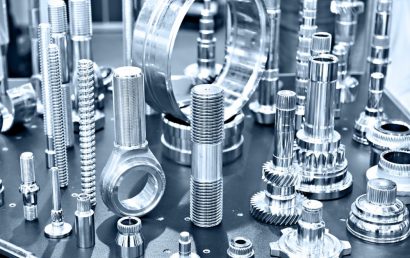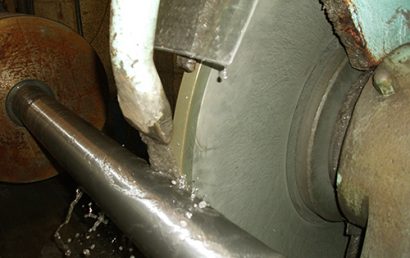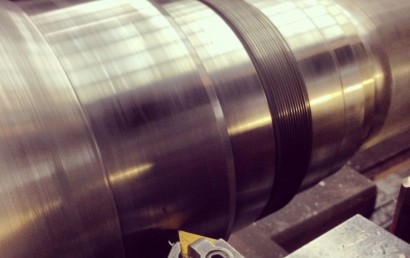Thermal Spray Vs. Laser Cladding: A Quick Comparison
When it comes to hardfacing methods, thermal spray and laser cladding are undoubtedly two technologies that stand out the most. It is perfectly normal to be confused about these two technologies. After all, they serve to accomplish the same goal. Both of them are used to add a new and hardened surface to an existing worn-out or damaged component and are both capable of performing remanufacture.
If you are confused as to what exactly is the difference between the two technologies and which is right for you, then you have come to the right place. Read on for a quick comparison of thermal spray vs laser cladding.
Laser Cladding
Laser cladding is a hardfacing process that makes use of laser energy to melt and eventually weld power materials onto a surface. As compared to hardface welding, laser cladding operates at a much lower temperature and works by forming a metallurgical bond with a substrate material.
Since laser cladding doesn’t use hardface welding and operates at a much lower temperature, there is almost no porosity found in the coatings, resulting in a superior corrosion-resistance surface. The lower temperature involved in laser cladding will also have a smaller affected heat zone, meaning a lesser area of the material will be affected by high temperatures. This makes laser cladding ideal for parts that are prone to heat distortion.
Unfortunately, these advantages also come with their own sets of limitations. Since laser cladding is mostly a robotic process, the application is less versatile. Laser cladding technologies are not portable and can be difficult to use for work on larger parts. Laser cladding also works only with certain materials like nickel and cobalt-based alloys. While these materials might already be great for wear and corrosion resistance, they might not be enough if you require other coating properties.
Thermal Spray
Unlike laser cladding, thermal spray consists of multiple different processes. Most thermal spray technologies use electricity or gas to create a flame that melts powder materials or wires before applying them onto a substrate. Most thermal sprays use mechanical bonding although it is also possible for a thermal spray to produce metallurgical bonding.
Unlike laser cladding, a large variety of materials can be used as a form of coating application. As such, operators can use materials of their choice to result in a coating with desired properties. Thermal spray processes like arc spray can even feed two different materials to result in one engineered coating. A thermal spray is also superior in laying down thin coatings as compared to laser cladding. Lastly, thermal spray guns are extremely versatile in application and can be operated without robotics. The downsides of thermal spray are in contrast to the benefits of laser cladding. Thermal spray requires extremely high operating temperatures that can affect parts, and they will also have a higher presence of porosity as well as oxides. In addition, thermal spray technology relies heavily on skilled technicians. As such, it is important to look for thermal spray services that you can rely on before going ahead with the process.



